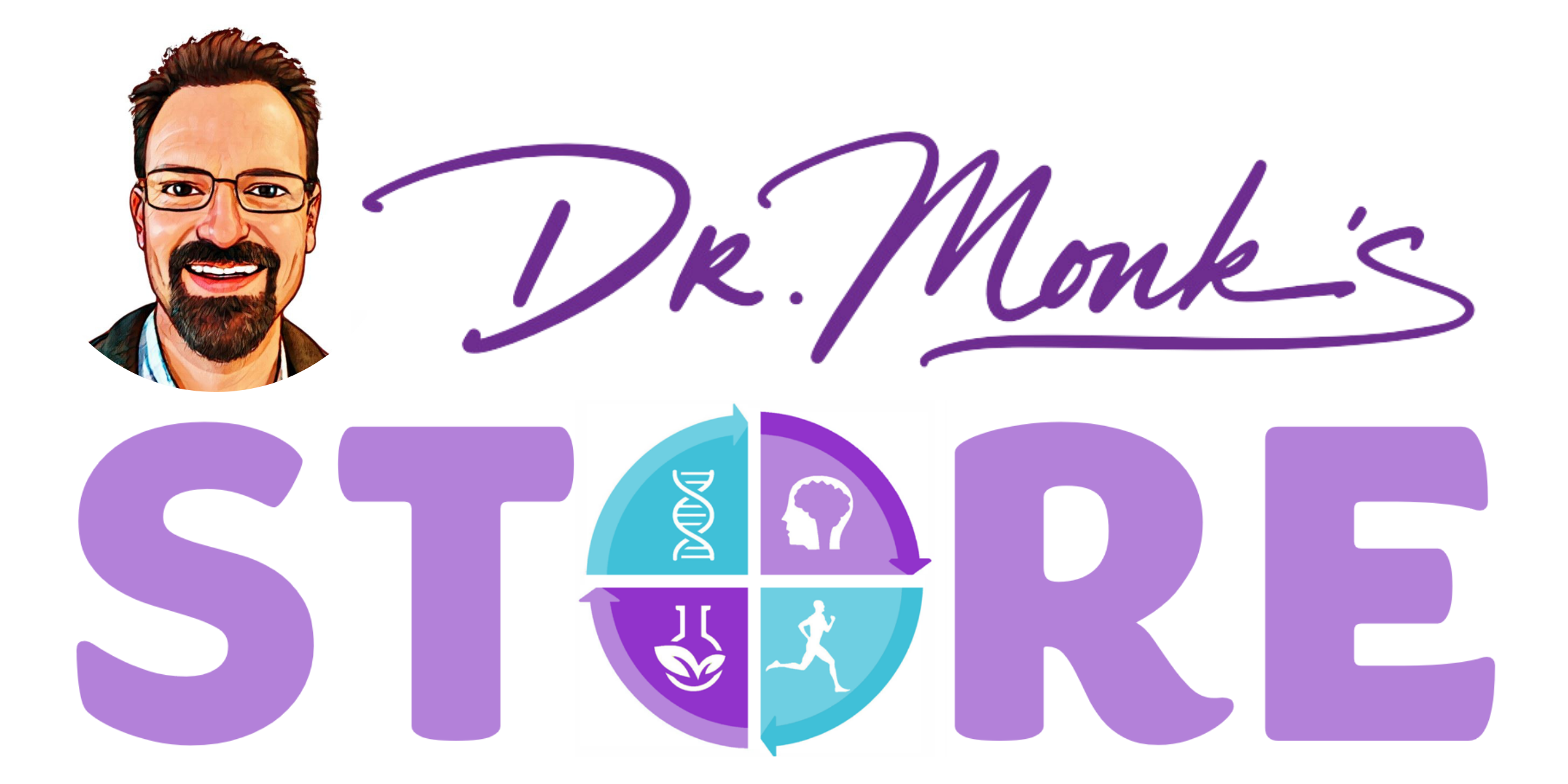Whatever you eat, drink, breathe, or apply -
The fourth CORE is Chemical and has everything to do with how well your inner nutrients are balanced. The power of proper nutrition cannot be overstated. I make a living helping patients overcome debilitating ailments using specific hormetic nutrients as my primary restorative therapy. Hormesis has a Greek origin and means, “to set in motion, impel, or urge on.” A hormetic nutrient may be a single vitamin, herb or other agent that positively impacts multiple systems simultaneously. Any nutrient—magnesium, calcium, B vitamins, oils, anti-oxidants—or combinations of nutrients or botanicals (the medicines of nature) can produce a hormetic effect if they are what the body needs at that time. Utilizing these nutrients is the most efficient means of breaking disease-promoting cycles and correcting the body’s chemical imbalances.
Some people think they don’t have any chemical problems. However, aging itself is a chemical problem. Beyond this universal example, the person who experiences pain, insomnia, constipation, fatigue, headaches, PMS, or emotional issues such as depression or anxiety, has chemical problems. If they admit things like, “I just have a bad back (knees, hips, etc.),” or, “I get up twice a night to go to the bathroom, but that is normal,” they have chemical problems. If taking over-the-counter pain, stomach, or allergy medication is a common practice, then they have chemical problems. In short, if the regular experience of life is anything other than a pain-free, energy-filled existence, that person has chemical problems.
Nothing happens in the body without countless numbers of chemical reactions taking place. There are chemical reactions that start processes and then there are other chemical reactions that stop those processes. Without the starting reaction, nothing gets going. Without the stopping reaction, everything keeps going. The chemistry necessary for starting or for stopping reactions comes from the nutrients we consume.
Just eating any food won’t do—we eat plenty of food. Thirty percent of adults are obese. An additional four percent are morbidly obese. The current obesity number is double what it was just over thirty years ago.162F[i] The share of obese children tripled during this same time to seventeen percent.163F[ii] And yet, nutritional deficiencies are still widespread. No, most people are not exhibiting signs of pellagra, rickets, or scurvy. But, because of their imbalanced chemistry they are experiencing a cluster of functional issues that prevent them from expressing optimal function. All of this is a nutritional problem that is only fixed by balancing the body’s inner nutritional teeter-totters.
[i] https://www.niddk.nih.gov/health-information/health-statistics/overweight-obesity
[ii] Flegal K, Carroll M, et al. Prevalence and Trends in Obesity Among US Adults, 1999-2008. JAMA. 2010;303(3):235-241.
